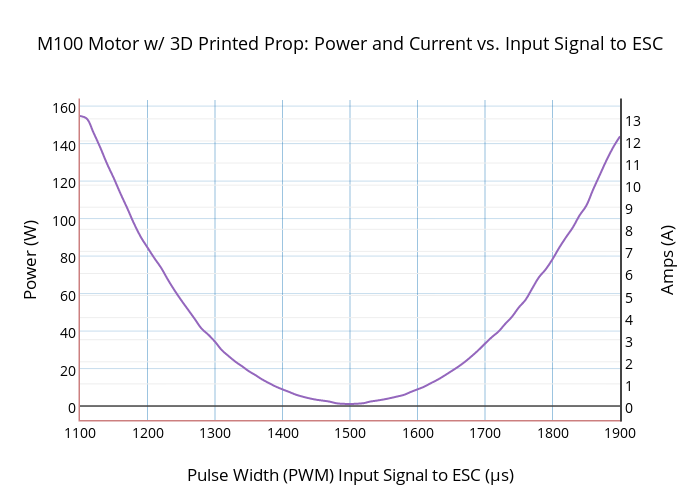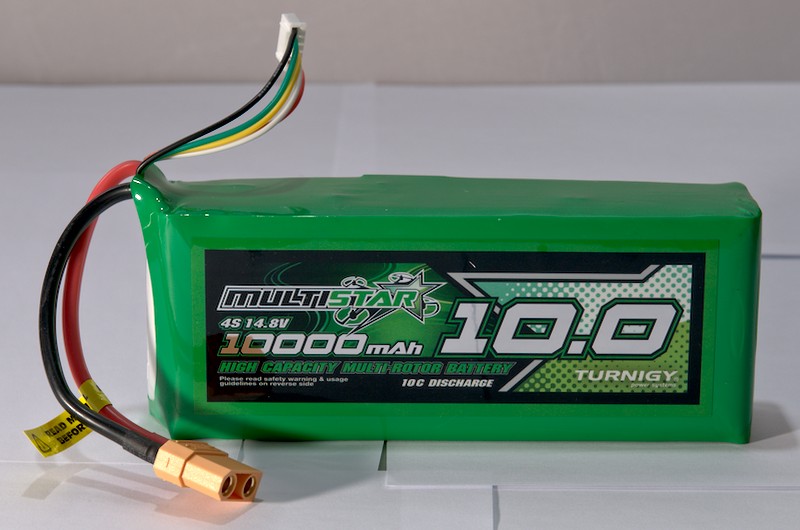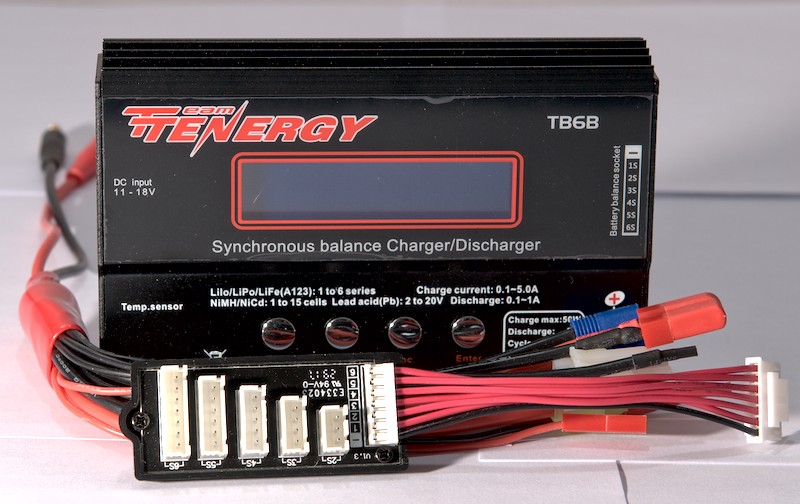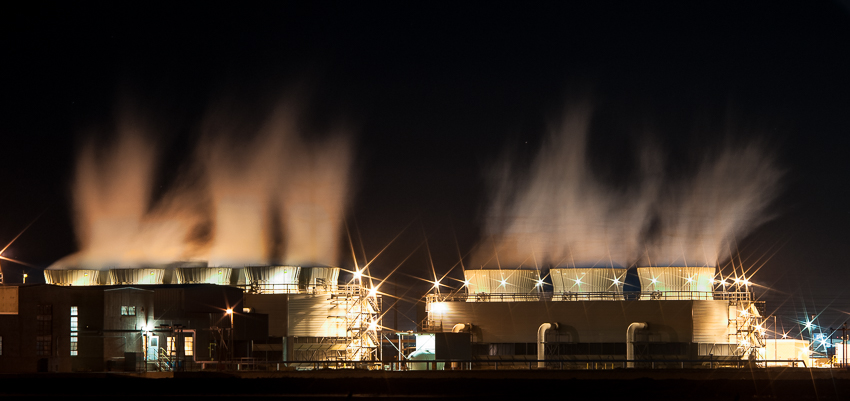Considerations for selecting a battery
Let me first confess that I am no expert in battery technology nor am I intimately familiar with the latest choices in the marketplace. Prior to this I was never involved with RC vehicles of any sort and the extent of my experience with batteries involved little more than AA rechargeables for hand-held gadgets. Of course I was aware that my ROV was going to need significantly more capacity and draw far more current than a small gadget, so I first decided to check out the documentation for the Blue Robotics T100 thrusters. Eventually you will come across this chart that plots power and current as a function of PWM signal. It effectively shows power consumption and current draw based on how fast you are running the motor.

I imagine that real world numbers may deviate from these values to some degree (based on a number of factors), but it represents a good idea of the parameters we need to consider when searching for a battery. You will notice that at full throttle, a single T100 draws about 12.5 amps. The present configuration of our control mechanism will utilize no more than 4 thrusters operating at one time. However, we may desire more fine control maneuverability in the future and such revisions may require all 6 thrusters to be operating at once. As such, we should take into consideration a maximum possible current draw of 75 amperes if all 6 units were running at full throttle. This is a significant amount of current and our battery needs to be able to supply it safely.
Lithium Polymer (LiPo) Batteries and "C" rating
One important battery specification we need to look at when considering the max current draw of our system is the "C" rating. The C rating gives you the maximum sustained discharge rate. To find out what that rate is, you simply multiply the C rating by the capacity of the battery. In our case we want a C rating that when multiplied by the battery's capacity gives us a value greater than 75 amps. I chose a battery with a C rating of 10C and a capacity of 10,000 milliamp hours (10 amp hours). Using the above described formula, I obtain a safe and sustained max discharge rate of 100 amps (10*10 Ah). The battery I selected is shown below and can be purchased here.

Now honestly, I have no experience with Hobby King or their "Multistar" batteries in terms of quality or long-term reliability. To be blunt, the price was right and being that I consider this project to be firmly in the "prototype" category and far from a finished product, I just needed something cost effective that met the specs. If I find a superior solution that makes sense to me I will head in that direction later on. If you are well versed in battery suppliers feel free to use a suitable alternative.
Battery Charging/Balanced Chargers
Lipo batteries come with a label that tells you how many cells the battery contains. For example, my battery is labeled "4S" which means that it has 4 individual cells connected in series. You will often see a number printed in volts on the battery pack. This is the nominal (or resting) voltage of the battery. For LiPo batteries, the nominal voltage is 3.7v per cell. Remember that with batteries connected in series voltage is additive. So with 4 cells, the nominal voltage of my battery pack is 14.8 volts (4 * 3.7 = 14.8).
The individual cells in a LiPo battery provide for some complications when charging. During use, no individual cell should ever be discharged below 3.0 volts. Doing so will cause irreparable harm to the battery (and potentially a fire/safety hazard). With this in mind it makes sense that when charging the battery we need to ensure that each individual cell is charged to the same level, otherwise we would run into the problem of individual cells dropping to below 3.0 volts while others were still operating at a safe voltage level.
For this reason you can't simply plug LiPos into any old DC power source and charge them up. It is essential that you use a balanced charger designed specifically for LiPo batteries. The once I purchased is shown below:

Like many balanced chargers, this one comes with an array of JST-XH connectors that hook up to another JST-XH on the battery. The multiple connectors allow it to be used with batteries containing 2-6 cells. Each pin of the connector is mapped to a cell of the battery and allows the charger to monitor and charge each cell individually to a peak level of 4.2 volts per cell. You can set up numerous parameters in the device menu (which I won't go into here). As a side benefit, this charger can also handle batteries of several different chemistries.
Typically, a safe charge rate for LiPo batteries is 1C, or 1 times the capacity of the battery. Theoretically, I could charge my battery at 10Ah, but my particular charger is limited to a max of 5Ah charge rate. This is a pretty high capacity battery and chargers that can do 10Ah are more expensive and harder to find. A slower charge rate shouldn't present any problems aside from taking longer to charge. What you do want to avoid is charing any battery faster than it's specified charging rate as this will damage it over the long run. Read the data sheet on your particular battery as I believe there are batteries out there that allow for a faster charge rate (and potentially require a slower one as well.)
The energy density of these batteries is truly remarkable given their size. The downside is that with very high energy density comes a very real threat of fire if charging or discharging is performed incorrectly. For this reason, never ever allow these things to charge unattended. High-density LiPo batteries have a nasty habit of bursting into flames when something goes wrong during the charging process (hopefully I never experience this). Many people use a dedicated metal container designed for battery charging/fire containment in the event something goes awry. Always make sure you are in the area to keep an eye on things when charging.
As I also mentioned above, you should never allow the voltage of the battery to drop below 3v for any cell. This essentially requires some type of battery monitoring circuitry on board the ROV to alert the operator of low voltage levels. In the next section we will explore such a battery monitoring circuit.
Continue on to ROV (part 4/battery monitoring)...

